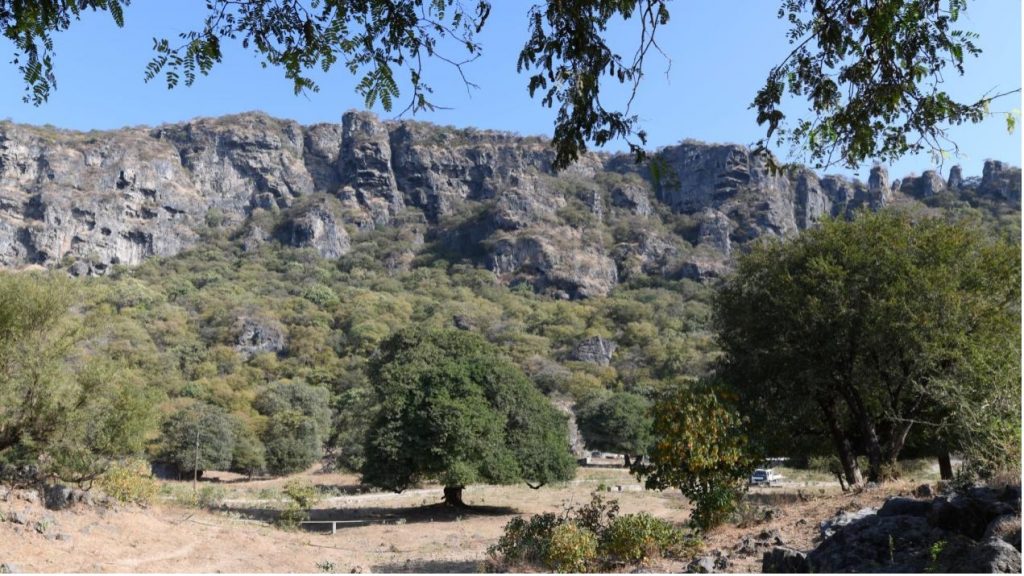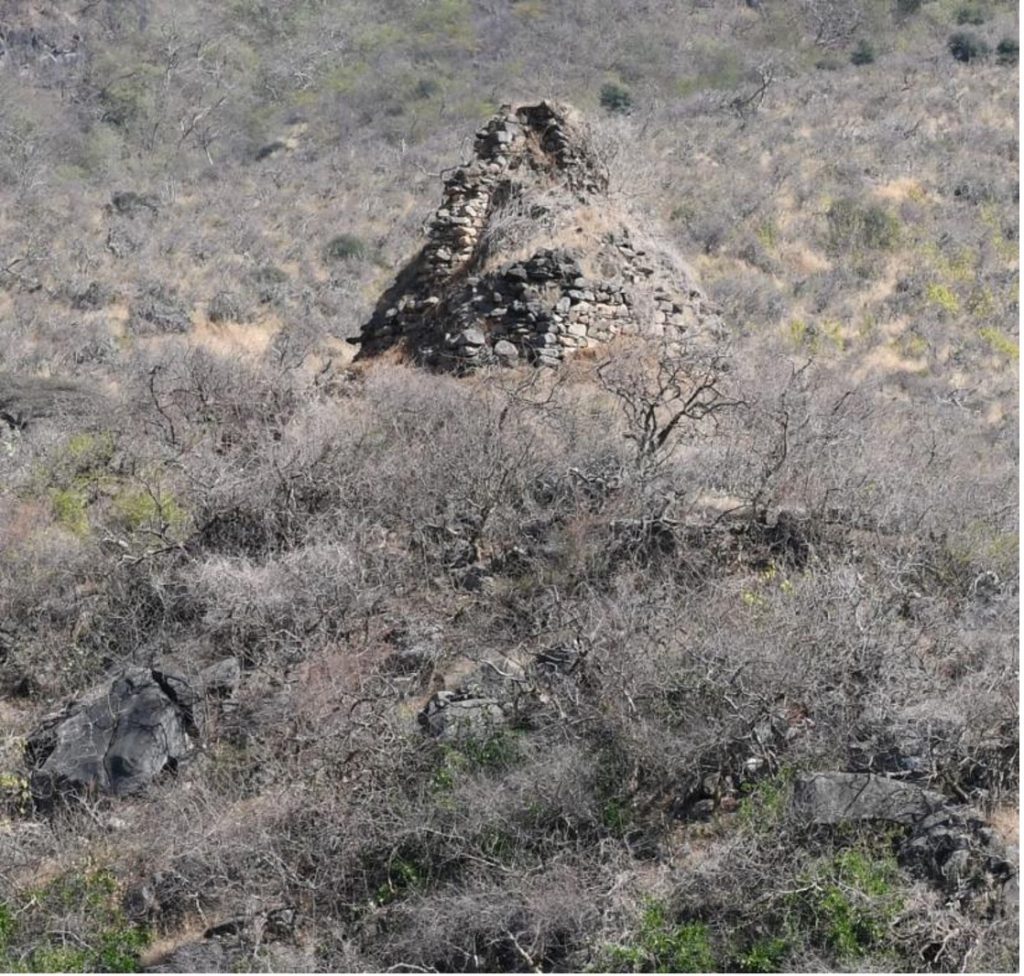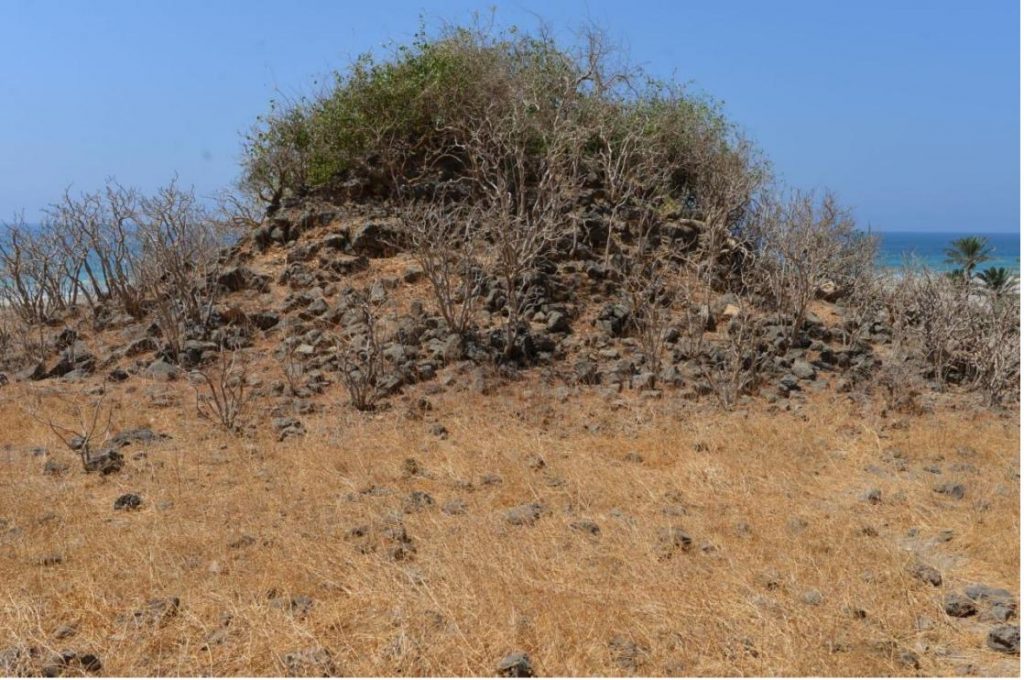Abstract: The significance of the ongoing studies into the potential location of the Old World “Bountiful,” which Nephi reminds us was “prepared of the Lord” (1 Nephi 17:5), and is documented in great detail by him, can hardly be overstated. Bountiful’s resources had to be truly substantial and unique to enable the Lehites to recover from years of land travel from Jerusalem and to build a ship capable of reaching the New World. Exploration and scientific studies of the Dhofar region of southern Oman, the only section of the Arabian coast containing the feature Nephi describes, continue to the present. Here I briefly discuss, chronologically, recent developments of special significance to Book of Mormon studies.
My introduction to the subject of identifying Nephi’s Bountiful came in October 1987 when I made my first visit to Oman. This came at a time when I had just begun exploring neighboring Yemen in connection with historical references to Nahom, the burial place of Ishmael (1 Nephi 16:34). The only known previous visit of Latter-day Saint researchers to southern Oman was in 1976 when Lynn and Hope Hilton spent 24 hours in Dhofar, their movements severely restricted by an ongoing civil war. They had only enough time to establish that many of the features required by Nephi’s text were present.
With peace restored and after years of applying for a visa, I was eager to simply see the place for myself and began visiting all areas that were open to visitors, including the fascinating site of Khor Rori. However, it rapidly became obvious to me that the Salalah area in Dhofar failed, in significant ways, to match the description of the Old World Bountiful preserved in 1 Nephi. The basic elements reported by the Hiltons were not found in any single area, as the text seemed to require, but were widely scattered. More significantly, several of them were altogether absent, [Page 256]such as timber trees, natural vegetation, the oft-mentioned “fruit” for which Bountiful was named, and a nearby mountain.
While still in Oman I began a closer re-examination of Nephi’s text to extract the details about Bountiful. A total of twelve descriptors, both logical and textual requirements, emerged1 and it became obvious that further exploration was needed before conclusions could be drawn.
The following year, 1988, I returned to Oman, this time pushing my exploring further west of Salalah. Almost immediately, I determined that the Qamar mountain range in the west had pockets of greater fertility than the Qara hills inland of the Salalah bay, demolishing the prevailing belief (among Latter-day Saint and non-Latter-day Saint scholars alike back then) that the Qara hills were the only place where trees grew in all of Arabia. This discovery reinforced the need to continue exploration further west along the Dhofar coast and into Yemen.
Thus began a four-year series of visits exploring the hundreds of miles of coast of both Oman and Yemen. By the conclusion of the visits in 1992, the entire eastern coast of Arabia from Aden northwards had been explored and documented, on the ground — the only time this has been done.
It is difficult to overstate the significance of this exploration and the various studies made into the potential location of the Old World Bountiful, described with some tantalizing details in Nephi’s text as a truly special place “prepared of the Lord” (1 Nephi 17:5). Initially, the resources of this special place had to provide water, food, and shelter for the group to enable them to recover from years of overland travel. Then, following the direction of the Lord to build a ship, it needed to provide other resources such as ore and timber, plus a physical setting allowing [Page 257]a ship capable of reaching the New World to be built and launched into the ocean.
With the coastal exploration completed, closer investigation of the most promising candidate for Bountiful began in 1993 with the first full expedition team being sponsored by FARMS. Annual efforts continued, but aside from these teams, no other Latter-day Saint efforts were undertaken until 1999. Research visits continued over the years since, usually without any institutional support, until the arrival of the COVID pandemic in 2020. Late last year, in 2021, travel restrictions to Oman finally eased, and my research and the work of others was able to resume.
Oman Government Decree Protecting
Khor Kharfot and Wadi Sayq
Early in 2020, Sultan Qaboos of Oman passed away. During his almost fifty-year reign he brought Oman from an isolated, almost totally undeveloped backwater to the modern, friendly, and peaceful nation it is today. He was succeeded by Sultan Haitham bin Tarik, the former Minister for Heritage and Culture since 2002, a position overseeing all activities connected with archaeological and anthropological fields more generally.

Figure 1. A team of 22 researchers from the British Exploring Society (BES) photographed in 2012 at Khor Kharfot. Multiple visits by BES teams have resulted in an abundance of published papers. (Image courtesy of BES.)
[Page 258]On August 23, 2021, the new Sultan — well aware of the interest in Khor Kharfot shown over many years by Latter-day Saint researchers and many non-Latter-day Saints (for an example of the latter, see the team pictured in Figure 1) interested in the unique flora and fauna there — decreed that the entirety of Khor Kharfot and of Wadi Sayq be designated an “Archaeological Reserve.”2 This was a particularly gratifying development for me, as I had led a campaign from 2008–2011, lobbying through various government departments in Oman, utilizing Omani and Gulf media, and finally through UNESCO, for the protection of Khor Kharfot due to threatened development projects. The effort was ultimately successful. With this new decree, some of the issues that have continued to degrade the site — including, sadly, the acts of some members of the Church — will end. Anyone wishing to visit Khor Kharfot and Wadi Sayq in the future, for any reason, will require a specific government permit.
Ancient Timber Resources in Dhofar
Late in 2021 a new project began to identify what timber and food resources would have been available to people living in southern Oman in the pre-modern period, extending back 3000 years into the past. This has already largely been done in the Salalah area bounded by the Qara hills, but has not yet been done further west in the equally large area bounded by the higher Qamar mountains. The two areas are quite different geographically and have climatic differences as a result, although both are impacted by the khareef (the annual monsoon rains).
For the first step, last December a senior Omani botanist from the Royal Botanical Garden near Muscat joined me for several days to make an initial identification of all present-day flora, including trees, at various locations along the Qamar coast. While several botanical studies have been undertaken at Khor Kharfot in the past, this new study encompasses the whole coastal region.
[Page 259]

Figure 2. A general view of trees near Dhalqut taken during a survey in December, 2021.
Despite being undertaken at the beginning of the dry season, this initial survey revealed several useful species that Latter-day Saint commentary, including my own, has been unaware of, giving us a baseline against which the next step — pollen studies that can be carbon dated — will be undertaken. This is expected to take up to two years and among other things will give us a much clearer picture of what the Lehite community would have had available ca. 600 bc.
New Insights into Ruins at Khor Kharfot
During my explorations of the little-visited al Hauta coast in 2021, I came across a striking stone tower standing high above one of the two major wadis there. Access to the tiny village on the coast was only possible by sea until just a decade or so ago. During my follow-up research after that first visit, I established that only one of the recognized authorities in early Arabian history and archaeology was aware of the tower and that no one had properly investigated it. There was no mention of it in the archaeological catalogs and atlases.
In March 2022 I returned for an extended and closer examination of the tower. Local informants claim that the tower was built by the Minjui, a somewhat mysterious group of unknown origin who ruled Dhofar a millennium ago. The tower was supposedly built as the lower end of a simple pulley system designed to bring goods down from the mountains above.
[Page 260]

Figure 3. The tower on the al Hauta coast. It stands 6 meters (just over 20 feet) tall.

Figure 4. The collapsed tower structure at Khor Kharfot, in a view facing the ocean.
What intrigued me upon hearing this was that in 2010 our expedition team at Khor Kharfot was told the same thing about the largest ruin there. A large collapsed structure on the eastern side of the bay dominates [Page 261]the area. It, too, sits directly below the high mountain and Khor Kharfot is accessed mostly by sea, as was al Hauta until very recently. Are the similarities between the two towers just coincidence? The al Hauta structure has now been placed under the protection of Oman’s Ministry of Heritage and Culture and plans are already underway to see what more can be learned about its history and potential link to Khor Kharfot.3
To be clear: the tower on the al Hauta coast was built more than a thousand years too late to have any possible direct connection with the Lehite clan’s stay at Bountiful. It now seems likely that the same is also true of the structure that dominates the eastern side of Khor Kharfot, a place that shows every indication of being a collapsed version of the al Hauta tower, i.e., a squared stone tower, perhaps built as the base of a pulley system to transfer items between it and the mountain directly behind it.
While this may perplex and even disappoint those who have seen the Khor Kharfot tower as possibly being a tangible link to the Lehites, it is, in fact, a major step forward in our still-developing understanding of the location. Other ruins there are much more likely to be connected to the time period of Lehi and Sariah’s group, but there is still a long way to go before our picture of the past is anything close to complete.
Excavations Resume
Many readers will be aware of preliminary excavations at Khor Kharfot from 2016 to 2018 that were widely reported in Latter-day Saint media. Effective February 2022, these have resumed at two locations at Khor Kharfot — one on the western plateau and the other on the eastern side of the bay.
The initial results are expected to appear later in Interpreter followed by publication in other secular venues.
Other Projects
Other projects are underway. One is examining claims made some years ago that a large source of iron ore had been located on the coast of Dhofar and could have been a source Nephi used in order to make his [Page 262]tools. However, initial analysis by geologists at Sultan Qaboos University in Muscat of samples collected in March 2022 has raised some questions about this site that are currently being resolved. Regardless of the outcome, this possible ore source has no direct bearing on either of the Bountiful candidates (Khor Rori and Khor Kharfot) under consideration by scholars; both have established and accessible iron-ore deposits. It is, however, of interest geologically and helps us better appreciate this area.
And, in a completely unexpected development related to my explorations in Oman, several new sources have been found for very early maps of Arabia that preserve the tribal place-name NHM. One source alone has some 1300 maps that are available for checking! Examining these maps and collating the data will reveal much about the historical documentation of the tribal name and inform our knowledge about interactions between both the sub-tribes of the Nihm and its neighboring tribes. More details will be forthcoming in the near future.
Summary
The work continues of bringing the ancient background, both Old and New World, of our keystone scripture, the Book of Mormon, into the light. A great many fields of scholarship are involved and those who follow these studies see a steady stream of insights and correspondences that enhance plausibility of an ancient origin for the text being published, primarily by The Interpreter Foundation, Book of Mormon Central (especially its Evidence Central), and BYU Studies Quarterly. In my own research, it has been a revelation to me that even after 35 years of exploring this one special area of Oman, there remains much to do and more to discover. I’m impressed with the work of non-Latter-day Saint scientists in many fields who have done, and continue to do, what we have not always had the ability to accomplish ourselves.
What seems certain is that as we embrace this research and dig beyond our cultural assumptions, our understanding of Nephi’s account and of its setting in the Old World will continue to deepen.



Go here to see the 2 thoughts on ““A Research Note: Continuing Exploration and Research in Oman”” or to comment on it.